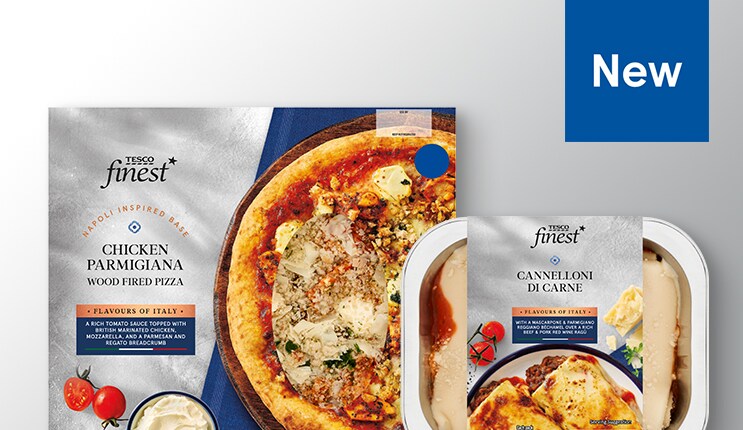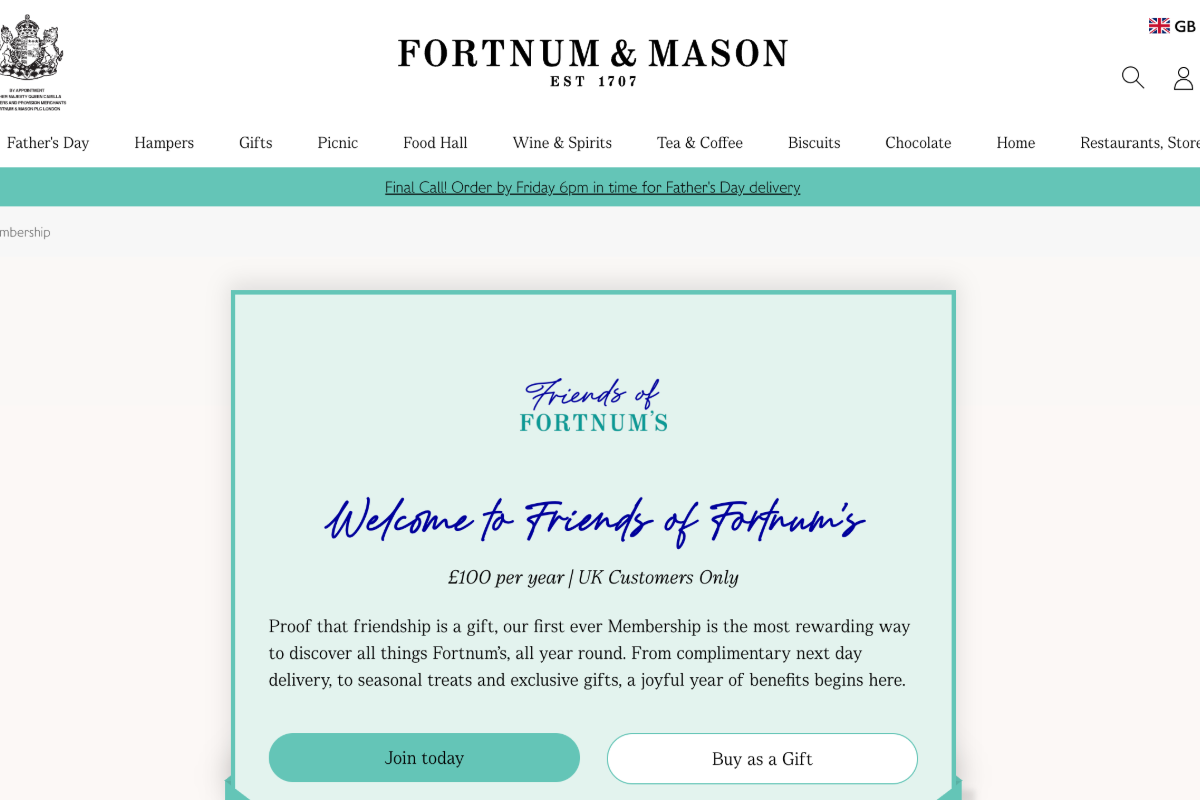Retail sales fell both online and offline last month as the cost-of-living crisis hit demand, the latest figures suggest. At the same time, the proportion of sales taking place online appears to have settled at about 39% of non-food sales, just over a year since the end of the last UK lockdown, according to the BRC-KPMG Retail Sales Monitor for May 2022. British Retail Consortium (BRC) chief executive Helen Dickinson says the post-pandemic spending bubble has burst as consumer confidence falls.
Meanwhile, Barclaycard figures for the month suggest shoppers spent more on essential items as prices rose, but cut back in areas such as online subscriptions.
How shoppers spent online
Online sales fell by 8.5% in May, compared to the same time last year – when they had fallen by 8.1% a year earlier, according to the BRC figures. At the same time, the proportion of non-food sales taking place online fell to 38.7% from 42.2% last May. That’s still 7.3 percentage points ahead of the 31.4% of sales that were online in May 2019.
“Online sales appear to have stabilised at a new normal,” says Helen Dickinson, chief executive of the British Retail Consortium (BRC), “with the share of total non-food retail sales coming through digital channels settling at around 39% compared with 30% pre-pandemic, though this is well down on lockdown peaks.”
KPMG UK head of retail Paul Martin says: “Online, although still significantly higher than before the pandemic, has now experienced a double-digit decline over the last three months.”
Barclaycard analysis suggests that shoppers cut back on spending on digital content and subscriptions (-5.7%). A fifth (21%) of shoppers questioned in its consumer survey said they were reviewing subscriptions and cancelling any they could live without. That included 18% who cancelled a TV or streaming service.
How shoppers spent across sales channels and in-store
Sales across all channels fell by 1.1% in total compared to last May, when they had grown by 28.4%. That’s below the average both over three months (+0.7%) and 12 months (+4.1%). Total retail sales were 6.2% ahead of the same month in pre-pandemic 2019.
On a like-for-like (LFL) basis, which strips out the effect of store – and business – openings and closures, UK retail sales across channels fell by 1.5% on last year. A year earlier, they had grown by 18.5% in the first month that was fully free of the third UK lockdown.
The BRC’s Dickinson says: “Sales continued to see declines as the cost-of-living crunch squeezed consumer demand. Higher value items, such as furniture and electronics, took the biggest hit as shoppers reconsidered major purchases during this difficult time. Nonetheless, fashion and beauty did well as people prepared for holidays abroad and the summer’s social calendar; with red, white and blue outfits adorning shopping carts ahead of the Jubilee weekend.”
She adds: “It is clear the post-pandemic spending bubble has burst, with retailers facing tougher trading conditions, falling consumer confidence, and soaring inflation impacting consumers spending power. Supply chain issues including rising commodity and transport costs, a tight labour market and higher energy bills are forcing retailers to increase their prices, contributing to wider inflation. Profits may be squeezed further, as retailers continue to find efficiencies in their own operations and supply chains to reduce the impact of future price rises for consumers.”
Food sales fell both in total (-0.7%) and LFL (-1.3%) in the three months to May, below the 12-month average (+0.6%).
Non-food retail sales grew in total (+2%) and fell on a LFL basis (-1%) over the three months. That’s below the 12-month average (+7%). In May alone, non-food retail sales fell.
In-store sales were 31.5% ahead of the previous May in total, and up by 24.1% LFL. However, both are behind the 12-month average (+39.2%). Shoppers appear to be spending less in-store on non-food items than before the pandemic, with sales 57.5% lower in total than in May 2019.
KPMG’s Martin says the second consecutive month of retail sales decline shows shoppers becoming more sensitive to the cost of living. The biggest year-on-year declines were in homewares and computing, while sales of clothing, footwear and accessories rose both in-store and online. He adds: “The rising cost of living is going to remain the main story for retailers for the immediate future, with consumer confidence a key factor to watch out for. Retailers will be hoping that a post-Jubilee and summer feel-good factor begins to improve confidence amongst some shoppers – as presently overall confidence levels are lower than sales may suggest. Cost and efficiency will firmly be top of agenda for most operators, and understanding how they can protect their margins whilst remaining price competitive for consumers.”
Susan Barratt, chief executive of grocery analyst the IGD, says: ““Whilst the last four weeks show modest growth, we increasingly expect that value sales are being boosted by inflation this year and that underlying volume trends are weaker as shoppers economise to manage the cost-of-living challenges they face.
“Shoppers are finding it incredibly tough right now, and although the Chancellor’s announcement of a cost-of-living support package may have offered some respite, our Shopper Confidence Index data for May shows that shopper confidence is still incredibly low. Spending priorities are changing rapidly in reaction to continuous price rises, with shopper coping strategies differing by individual life circumstances.”
Barclaycard research, meanwhile, showed that spending on essential items grew by 4.8% in May, as inflation and fuel prices (+24.8%) both rose, and that spending on travel (+189.7%) outpaced inflation. Shopping at supermarkets (-2%), on specialist food and drink (-0.9%) and in restaurants (-5.9%) fell, while energy costs grew by 34.5% on last May. Some 88% of survey respondents said they were concerned about rising household and energy bills, and 41% are looking for ways to save energy and water at home.
José Carvalho, head of consumer products at Barclaycard, says: “The cost of living squeeze is clearly influencing discretionary spending habits, with figures showing a decline in subscriptions, and a drop in spending at restaurants, bars, pubs and clubs. Despite this, there are some encouraging signs, particularly in travel industry, as Brits’ appetite for going abroad continues to grow as we approach the summer holidays.









